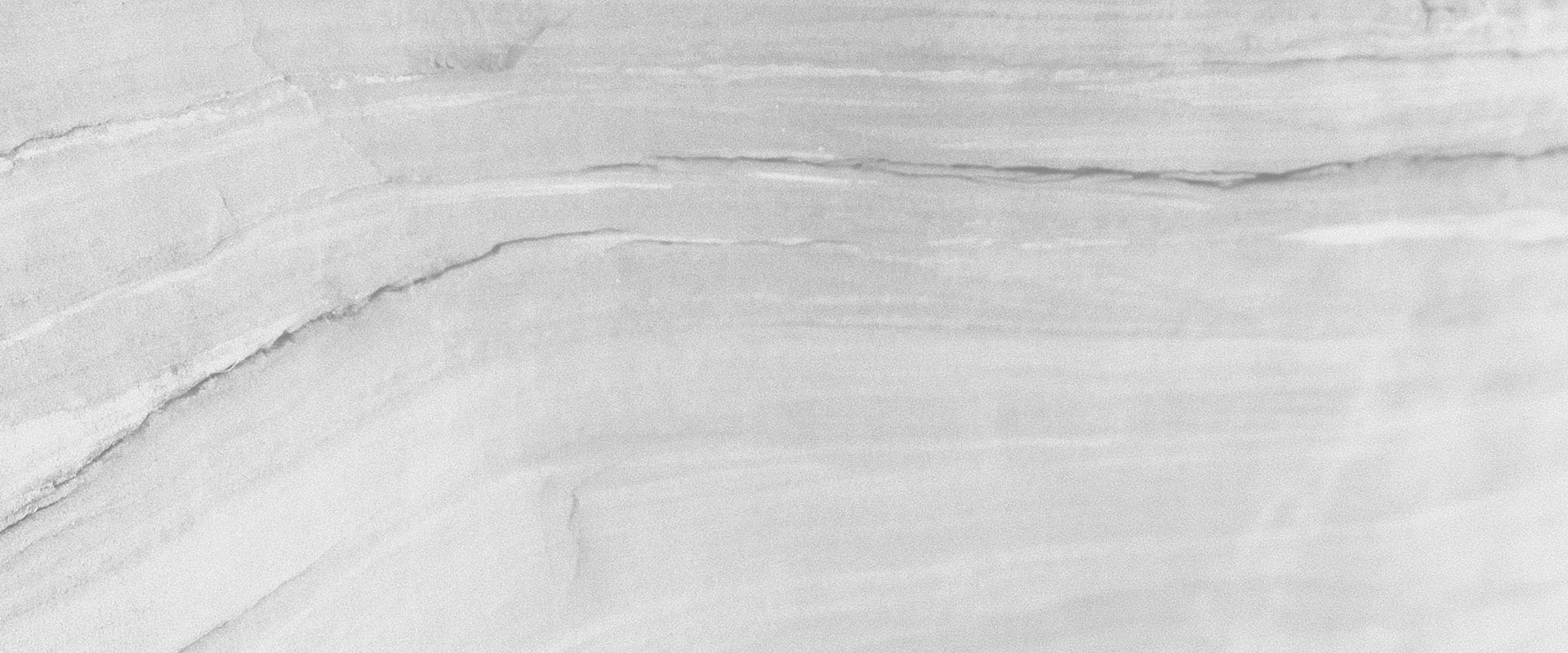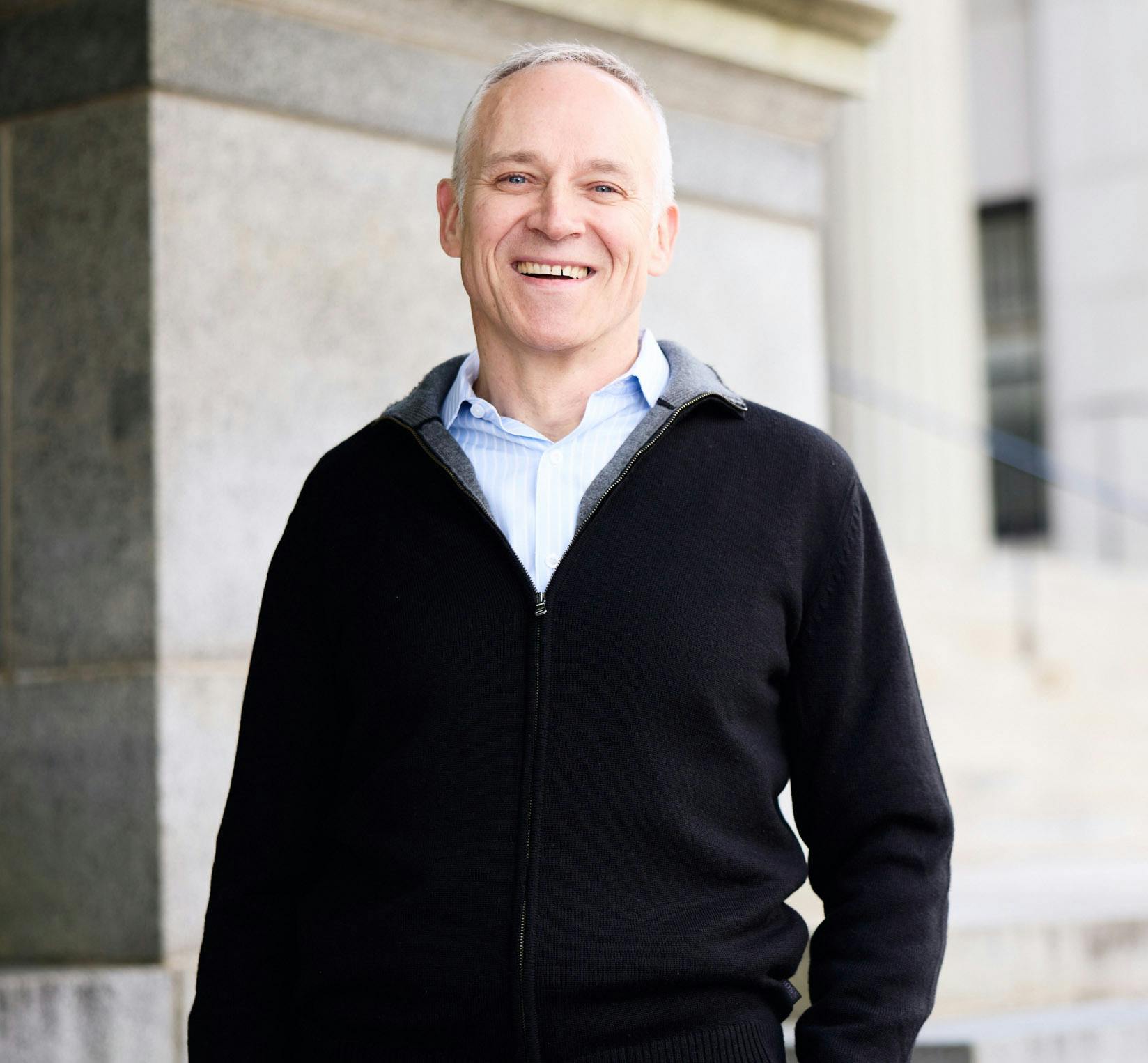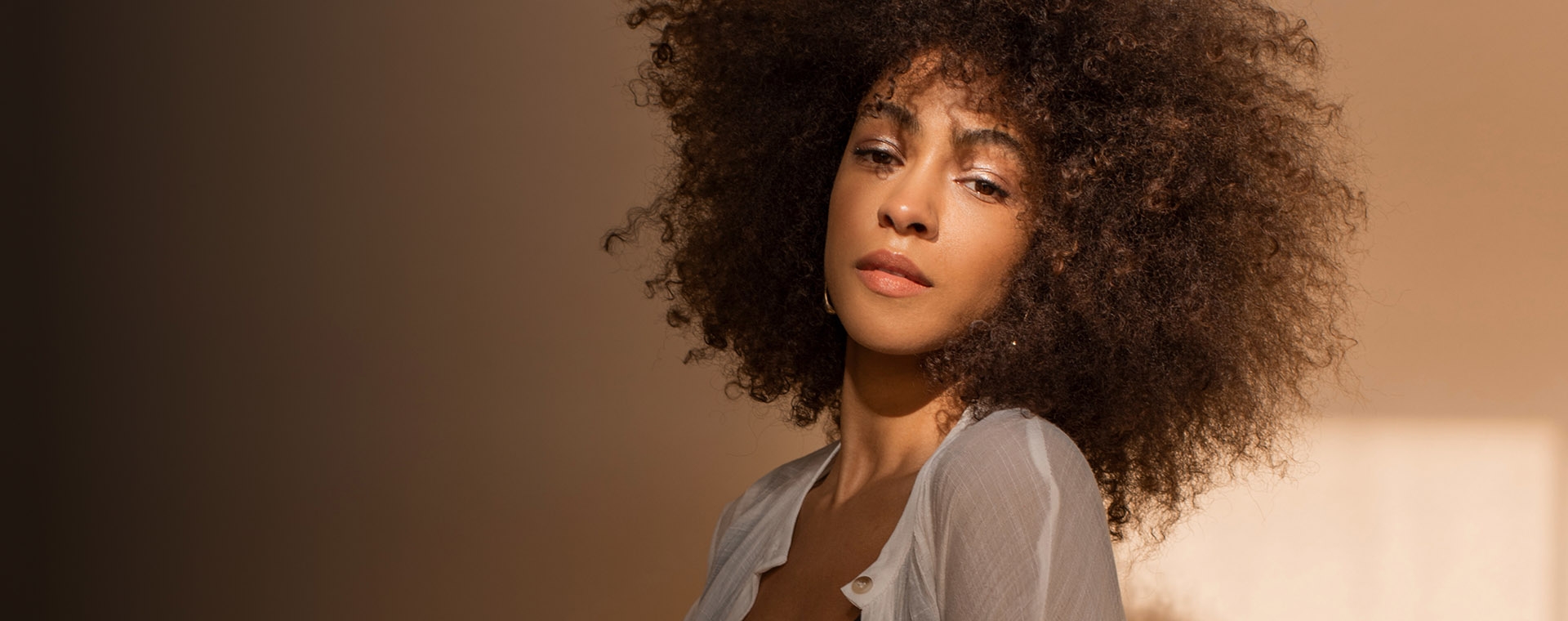Customized Facial Rejuvenation From a Leading Plastic Surgeon
Your facial structure and skin quality are unique to you. If you are considering cosmetic treatments for facial enhancement, it is important that you have access to the latest generation of treatments, including procedures such as facial fat transfer in Worcester. Dr. Fechner, as a double-board certified facial plastic surgeon, has dedicated his professional life to assisting his patients in restoring a more attractive appearance through the latest developments in aesthetic technology. His delicate approach, surgical expertise, and compassionate manner have made him one of the most sought-after plastic surgeons serving the Boston area.










